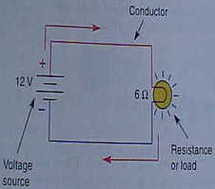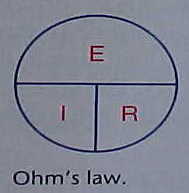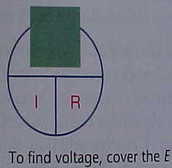George Ohm is accredited with the term. He was a German mathematics professor and in 1827 wrote a book that included the explanation of how electricity behaved. His thoughts have become the basis for a true understanding of how electricity works.
In his book he states that it takes 1 V of electrical pressure to push one amp of electrical current through a 1 ohm resistor. This equation is the basic law of electricity and is known as ohms law. In a practical example a simple electrical circuit can be connected to a voltage source by conductors better known as wiring.
How ohms law works
Find Your Online Car Repair Manual Today! ->>
If you are looking for the amperage you would then take the voltage and divide by the resistance that is measured in ohms. To find the resistance you can take the voltage and divide by the current that is measured in amps.
As an automotive mechanic it is important to understand ohms law because it truly explains how an increase or decrease in voltage, resistance, or current can affect the operation and performance of an automotive circuit.
Practical application of ohms law
You may be wondering how this can apply to the real world. What would happen if the resistance in the circuit increased due to a corroded or damaged connection to our parking lamp? If the corroded connection added to ohms of resistance to the parking lamp circuit the amount of amps flowing through the bulb would be decreased.
I don’t claim in any way to be an automotive electrical instructor. In fact I am just a mechanic that will be taking the ASE recertification for auto electrical systems for the fifth time. On my other website I have about 10 pages that dive into more automotive electrical theories that you may find helpful for solving car electrical problems. If you are looking for more of the most recent articles on this blog this next link will take you to the homepage from this article about ohms law.









